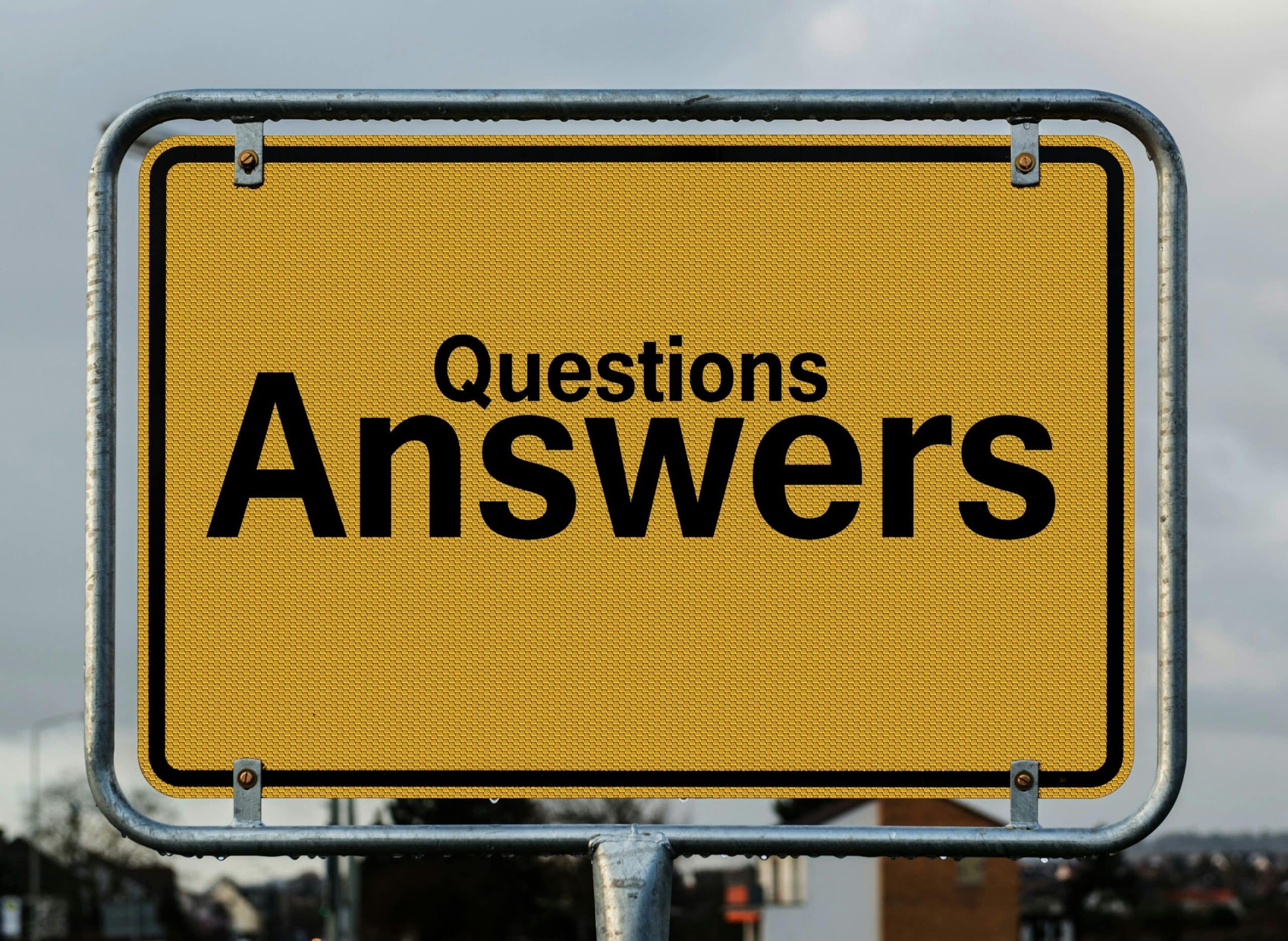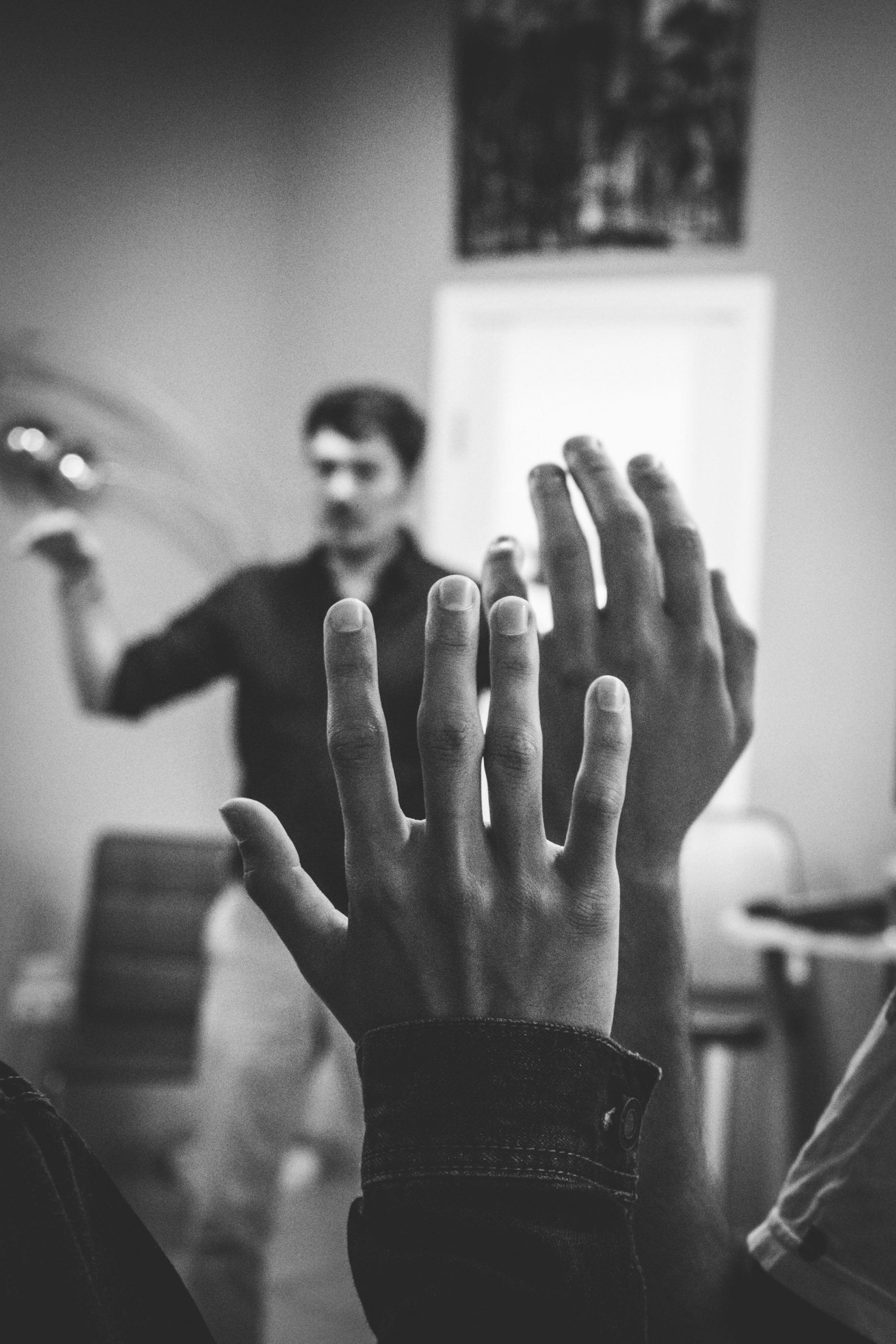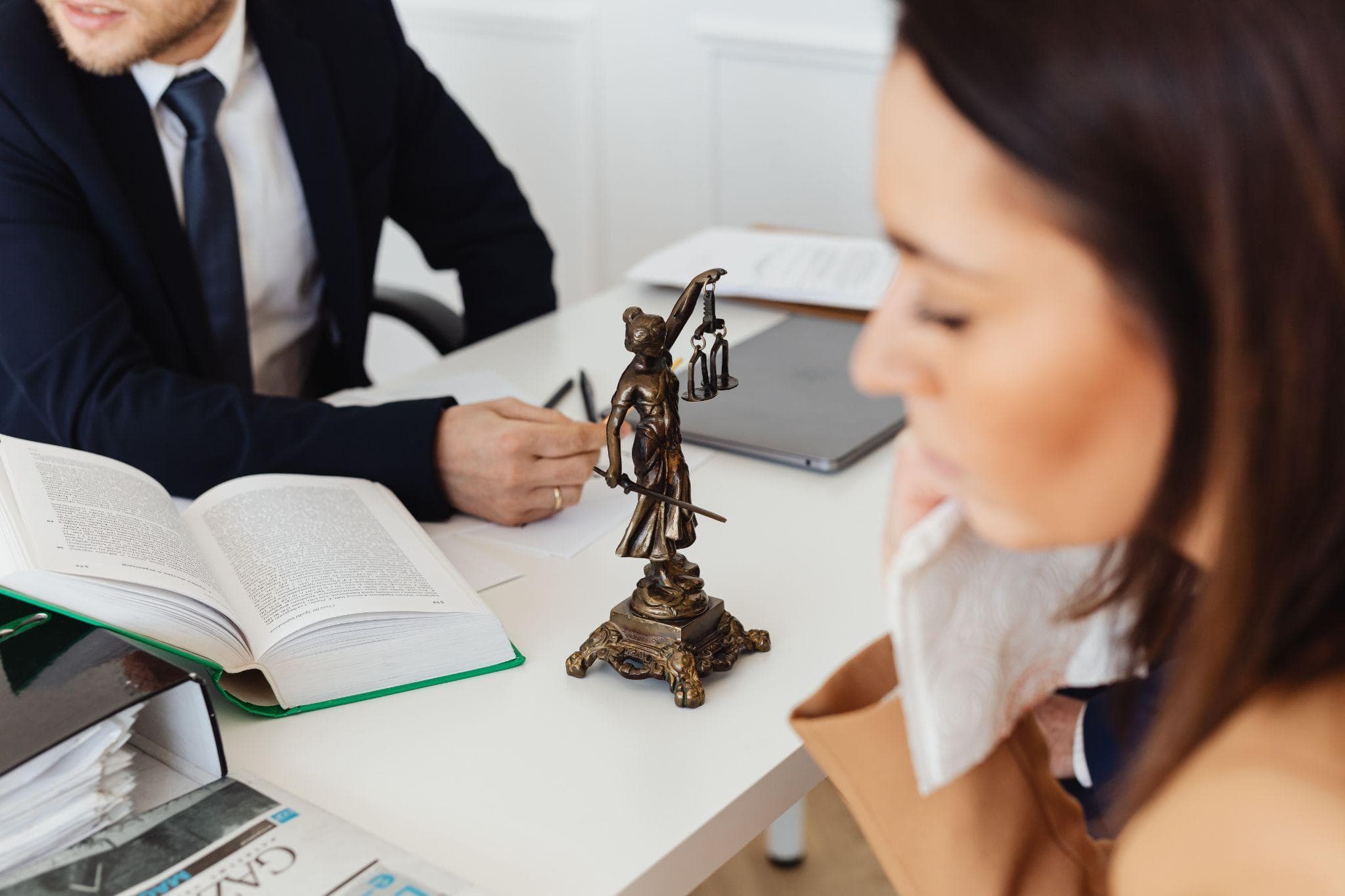
When pursuing a personal injury claim, the strength of the evidence presented can determine whether you receive fair compensation or face an uphill battle against insurance companies and defense attorneys. However, knowing what evidence can make or break your personal injury claim is crucial.
It is not just the witness statements or employment records needed in various types of personal injury lawsuits. A strong personal injury case requires comprehensive evidence that establishes liability, proves negligence, and documents the extent of injuries sustained.
If you or someone you know has experienced a personal injury accident, you should seek medical attention immediately. Even video evidence can help eliminate reasonable doubt.
Understanding the types of evidence that can support or undermine your personal injury lawsuit is crucial in navigating the complex legal process.

Key Types of Evidence in a Personal Injury Claim
Here are the most crucial types of evidence, including financial records, that you should gather for your case,
1. Medical Records and Documentation
Medical records related to the accident are among the most critical pieces of compelling evidence in a personal injury case. These documents provide an objective account of the medical treatment received, detailing the severity of the physical injury, necessary procedures, and ongoing care.
- Medical bills reflect the medical expenses incurred, including hospital stays, surgeries, medication, and physical therapy. Similarly, medical bills for more severe cases in burn injury cases, but knowing your options can make a massive difference.
- Medical appointments confirm the extent of ongoing care and necessary rehabilitation.
- Medical records from healthcare providers establish a direct link between the accident and injuries.
- In medical malpractice cases, medical records demonstrate deviations from standard medical care that contributed to harm.
Without comprehensive medical records, proving financial losses and out-of-pocket expenses can be difficult

2. Accident Scene Evidence
The accident scene provides valuable physical evidence that can support your version of events. Collecting and preserving comprehensive evidence at the location of the incident strengthens the case.
- Photographs and videos of the accident scene, injuries, and property damage serve as visual evidence that can corroborate claims.
- Videos and visual evidence captured by surveillance cameras, dashcams, or bystanders can provide an unbiased view of the accident.
- Physical evidence, such as damaged vehicles in a car accident or defective products in a product liability case, is crucial in establishing liability.

3. Police Reports and Accident Reports
Official police and accident reports are critical evidence in personal injury cases. These documents provide:
- A neutral account of the accident, including statements from involved parties and observations from law enforcement.
- Notations on reckless behavior, citations issued, or violations of the law.
- Diagrams of the scene that may support accident reconstruction specialists in their analysis.

4. Digital and Social Media Evidence
With the increasing presence of digital technology, online activity can play a significant role in personal injury claims.
- Social media posts made by any involved parties can either support or contradict claims.
- Text messages and emails related to the accident can serve as evidence of negligence or liability.
- GPS and mobile data can verify the plaintiff’s location and actions at the time of the accident.
But remember, the evidence required varies from case to case. For instance, evidence for an estate dispute case will be different than others. Therefore, it’s crucial to assess the situation and find solutions accordingly.

Legal Admissibility of Evidence in Civil Court
In civil court, not all evidence is automatically admissible. The Federal Rules of Evidence (FRE) and state laws govern what evidence can be presented. The following are key admissibility rules:
1. Hearsay Rule (FRE 802)
Hearsay, or out-of-court statements offered to prove the truth of the matter asserted, is generally inadmissible unless an exception applies. Statements made by bystanders or unofficial parties may not be admissible unless they fall under exceptions such as:
- Excited utterance (FRE 803(2)) – A statement made under the stress of the accident.
- Medical diagnosis exception (FRE 803(4)) – Statements made to a physician regarding treatment.
2. Expert Testimony (FRE 702)
Expert witnesses, such as medical professionals and accident reconstruction specialists, must meet specific criteria under Daubert v. Merrell Dow Pharmaceuticals, Inc., 509 U.S. 579 (1993):
- The testimony must be based on sufficient facts and reliable methods.
- The expert must be qualified by knowledge, skill, experience, training, or education.

3. Relevance and Probative Value (FRE 401-403)
Evidence must be relevant and have probative value that outweighs any prejudicial effect. Courts may exclude evidence if it confuses the jury or is redundant.
4. Chain of Custody in Evidence Submission
To ensure strong evidence is admissible, maintaining a clear chain of custody is crucial. Courts require documentation showing how evidence was collected, handled, and preserved to prevent tampering.
Case Law on Insufficient and Strong Evidence
Several court rulings illustrate the impact of evidence required in personal injury cases:
Strong Evidence Case:
In Anderson v. Liberty Lobby, Inc., 477 U.S. 242 (1986), the Supreme Court ruled that for a case to survive summary judgment, the plaintiff must present enough evidence for a reasonable jury to find in their favor.
Insufficient Evidence Case:
In Celotex Corp. v. Catrett, 477 U.S. 317 (1986), the Supreme Court found that a party must provide specific, admissible evidence beyond mere allegations to prove a claim.

Government References on Evidence Submission
When filing a personal injury lawsuit, plaintiffs must adhere to court rules regarding evidence submission. Government sources, such as state judiciary websites and federal court guidelines, provide specific instructions:
- The U.S. Courts (uscourts.gov) offer guidance on admissibility and submission of evidence.
- The Department of Justice (justice.gov) outlines protocols for expert witnesses and document authentication.
- State-level courts, such as California Courts (courts.ca.gov) or New York State Unified Court System (nycourts.gov), publish procedural requirements for civil evidence.
The Role of an Experienced Personal Injury Attorney
Hiring an experienced personal injury lawyer is crucial in gathering evidence, building a compelling case, and countering the tactics of insurance companies.
- A personal injury attorney ensures all necessary evidence is gathered and presented effectively.
- They work with investigators, medical experts, and accident reconstructionists to develop a strong personal injury case.
- A law firm provides legal representation to help seek compensation for emotional distress, physical injury, and out-of-pocket expenses.
- Many firms offer a free consultation to review the details of a case before proceeding with legal action.

Conclusion
To maximize the chances of a successful personal injury claim, it is essential to present comprehensive evidence that establishes liability, proves negligence, and justifies fair compensation for medical bills, lost wages, and other financial losses.
Personal injury attorneys play a critical role in ensuring that all evidence needed is collected, properly analyzed, and effectively used to support the claim.
If you or a loved one suffered injuries due to another’s negligence, consult an experienced personal injury attorney at Bourassa Law Group to maximize your compensation.





